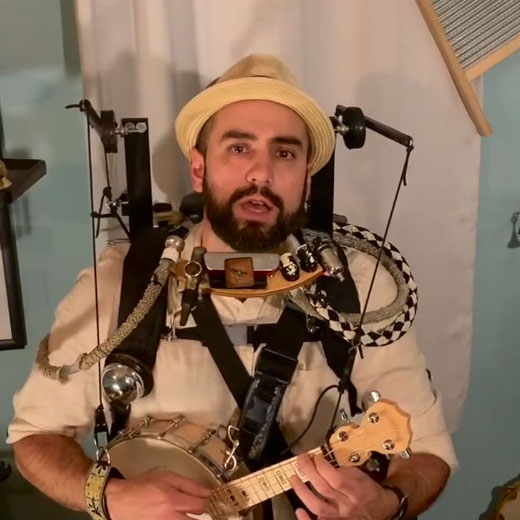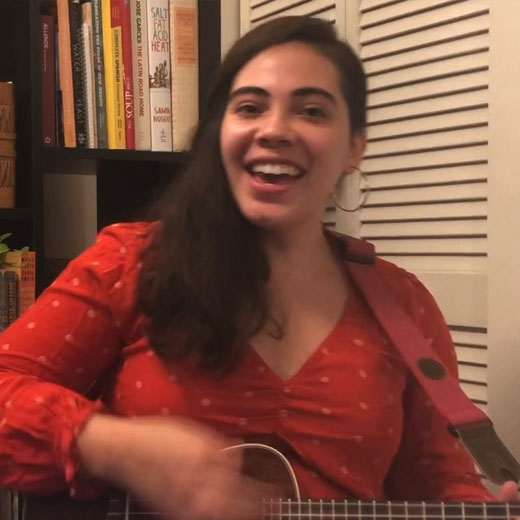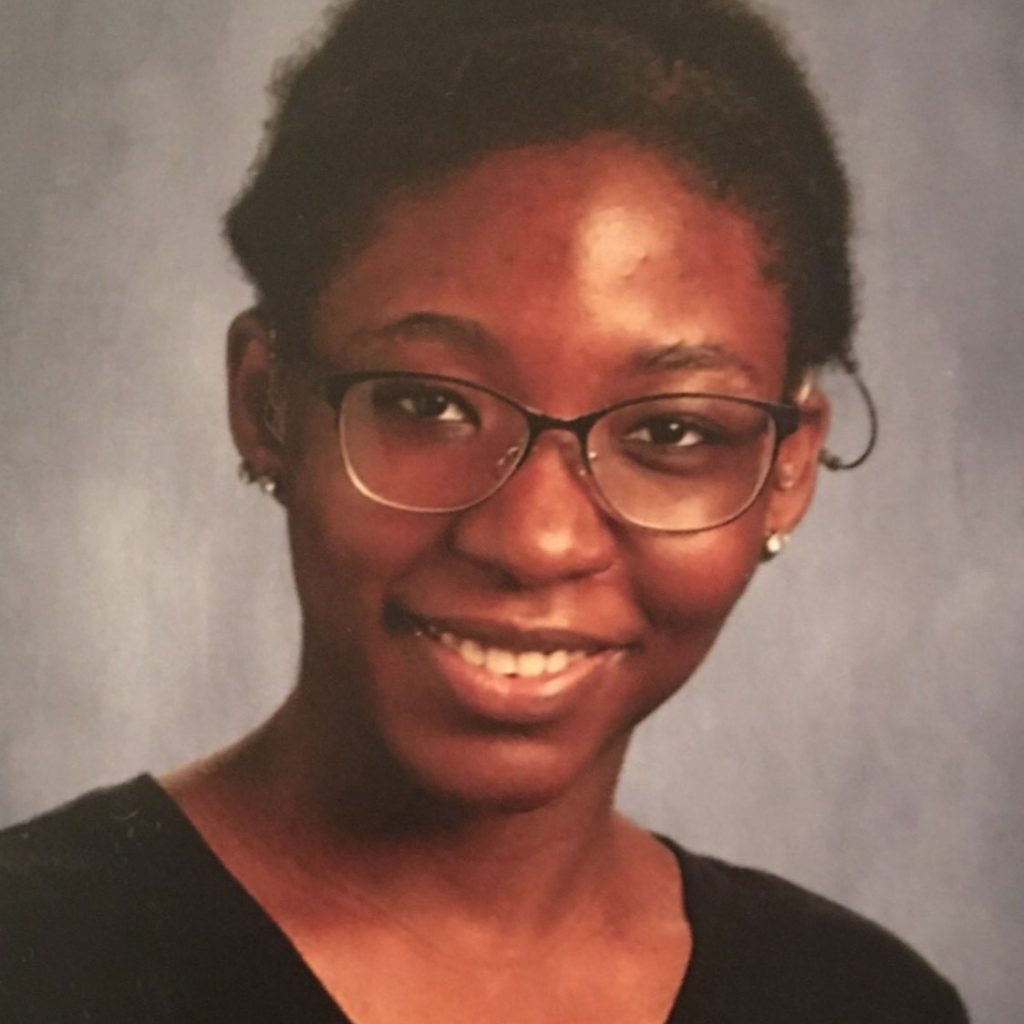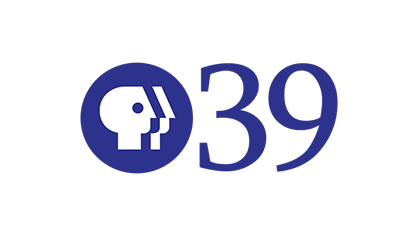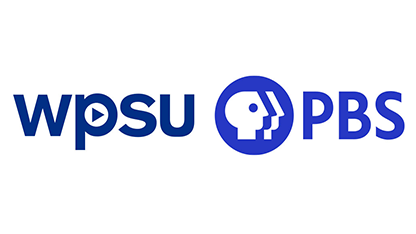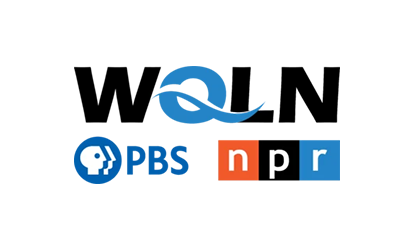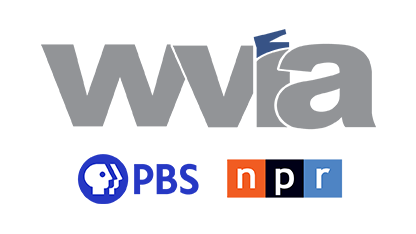Sometimes issues that seem small to grown-ups can feel like really big problems to young children. We want to encourage children to try to resolve conflicts or challenges by themselves. When the problems feel too big for strategies children have mastered, we want children to understand that a smart plan is to ask for help from grown-ups. Providing children with the words to use and the assurance that grown-ups are here to help can be the difference between feeling overwhelmed and being able to manage their strong feelings.
Yes You Can
I heard you had some trouble yesterday
That’s ok, sometimes things can go that way
What matters most, I want you to know
That you can ask for help – that is how you grow
I want you to know, teachers and family are here to help you
I want you to know, asking a grownup is a real good plan
Big brother, big sister – they might know just what to do
I want you to know YES YOU CAN
It might be a question from your school
Or trouble understanding something new
Help from people you can trust
They know how and when, to lend a hand…YES YOU CAN
Yes you can Yes you can
Ask someone for help – that’s a real good plan
Yes you can Yes you can
Ask someone for help Oh Yes you can
© 2020 Tepsich/Welsh
Activities
Think About It
Standard:1.5.PK-K.C – Ask and answer questions…to seek help, get information, or clarify something. 16.2.PK-K.E Ask for and accept offers of help when needed or appropriate.
Explore these questions with your child:
- When you are having a problem, who can you ask for help?
- Why is asking for help a good idea?
- What are some important words to use when asking for help?
Share a time when you needed to ask for help and how you did it.
Do It
Blindfold Maze
Standard:1.5.PK-K.C – Ask and answer questions…to seek help, get information, or clarify something. 10.4.PK-K.A – Demonstrate coordination of body movements in active play.
Design a simple maze on the ground using soft objects like pillows or stuffed animals. Take turns wearing a blindfold and needing help to navigate the maze. Help your child and then ask your child to help you. What did you learn about ways to help? What didn’t work as well?
Relay Race
Standard: 10.4.K.B.2 – Engage in large motor activities that require strength and balance. 10.4.PK.A – Demonstrate coordination of body movements in active play. 16.2.K.A.7 – Play cooperatively with a few peers for a sustained period of time.
Create a relay race where children need to work together to win the race. Line up to take turns running to a marked spot and back. If you have a group of children set up teams. If you have just you and your child, set a time goal to beat together. Cheer each other on and ask for help as needed.
Chores and Classroom Jobs
Standard: 16.1.K.B.4.4 – Demonstrate confidence in own abilities. 16.2.PK-K.E Ask for and accept offers of help when needed or appropriate. 16.3 PK-K.C Actively engage in assisting others when appropriate.
Creating tasks that children can help with at home or in the classroom help children grow and practice responsibility. Doing something to benefit others allows us to practice the skill of helping.
Make It
Lend a Hand
Standard: 1.4.PK-K.B – Use a combination of drawing, dictating, and writing.
Trace a child’s hand on to paper, cut it out and decorate it. In the palm of the hand, write a way they can “Lend a Hand”.
Build It
Standard: 3.2.4.D – Recognize and use the technological design process to solve problems. 3.4.4.A – Recognize basic concepts about the structure and properties of matter. 16.2.K.A.7 – Play cooperatively with a few peers for a sustained period of time.
Using found and recycled materials, work with a partner to help build a sculpture. Help each other by holding pieces together while glue dries or tape gets wrapped around. Practice using words like “Can you help me by…”
Help Cartoon
Standard:1.4.PK-K.B – Use a combination of drawing, dictating, and writing.
Draw a face and a speech bubble. Write in 2 things you can say when you need to ask for help.
Thanks for Helping Card
Standard:1.4.PK-K.B – Use a combination of drawing, dictating, and writing.
Fold a piece of paper in half to make a thank you card to give to someone who has helped you. You can decorate the front of the card and inside.
Share It
Help Discussion
Standard: 1.5.PK-K.C – Ask and answer questions…to seek help, get information, or clarify something. 16.2.PK-K.E Ask for and accept offers of help when needed or appropriate.
What are the appropriate ways to ask for help in the home/classroom?
Model asking your child for help like:
- Could you help me make a sandwich?
- Could you help me clean?
In the classroom:
- Provide opportunities for students to work together
- Give students the opportunity to be the expert and help others learn about a topic they love.
Write an Acrostic Poem
Standard: 1.1.K.C Demonstrate understanding of spoken words, syllables, and sounds (phonemes). 1.4.K.B Use a combination of drawing, dictating, and writing.
Write the word HELP down the side of a piece of paper, one letter on each line. Think of a word or words that tell more about asking for help like:
Help
Everyone
Lots of
People like to help.
Read About It
Lend a Hand: Poems about Giving, by John Frank
John Frank’s original poems teach about the joy of giving and kindness through compassion. The poems and artwork show how we can help others and work to bridge divides.
Stick and Stone, by Beth Ferry
Stick and Stone become friends and help each other in difficult situations. The words and images in this text help young children access the message of friendship and helping one another.
Little Blue Truck, by Alice Schertle
This book emphasizes the importance of kindness and respecting others. Sometimes even the animals need help from a friend to get out of a dirty, sticky situation.



